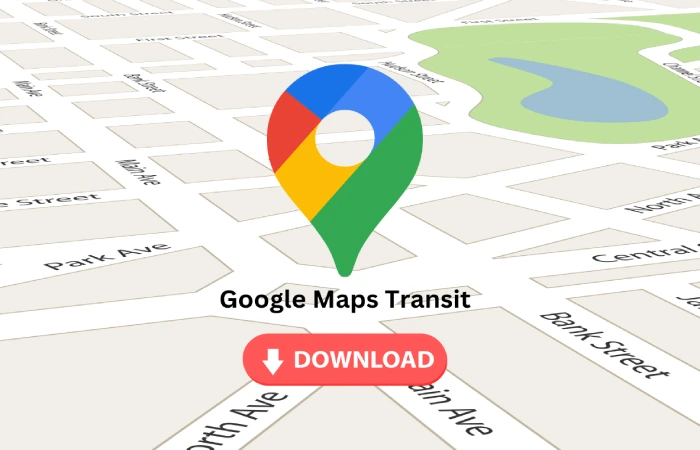Google transit is a service offered by the Mountain View giant that integrates public transport routes into Google Maps, Google Earth maps, and the Google Maps smartphone app.
The service became operational in 2006 and is now available on four continents and more than 800 cities.
Using Google transit is simple; sign up for the program a little more complicated.
If you want to go from point A to point B, open Google maps on a browser or use the appropriate smartphone app.
Enter the arrival and departure addresses (unless you have geolocations), and from the menu (the one on the left for browsers), you must select ‘public transport.’
The map will show the bus, subway, and train lines, with relative timetables and the route to follow to get around.
It is for service users, but what should public transport companies integrate their line data with Google transit?
How to use Google transit?

- The first thing to do is go to the ad hoc site and read the instructions on creating a digestible feed from Google transit.
- The data must comply with the General Specifications of the feeds.
- At first, the approach may seem complicated, but the information available on the site is many, in Italian, and integrated by an incredibly active community on Google groups.
- Before submitting the feeds to Google, they must be validated by a unique tool made available by Big G and examined with the Timetable Viewer.
- The file is transmitted through the HTTP and HTTPS protocols.
- The Google transit team will then upload the data in a trial version, a private preview to test the lines, routes, and timetables to ensure that everything works correctly.
- It is useless to list the advantages for operators. Google maps are currently the most popular mobility app globally, even if Apple is trying to catch up with iOS 9.
- Therefore, being integrated into its systems is essential to have visibility and offer users a simple and effective tool to move with the public transport.
- This is why almost all big cities’ transport companies continuously exchange information with Google in Italy.
Use the public transport directions in Google Maps
- In addition to driving guidelines, Google Maps offers various options if you rely on public transportation for your daily commute.
- The service runs with a list of the different public transport options for your trip.
- It also suggestions the ability to set a departure time and view the opportunities available at that particular time.
- Google Maps catalogs public transportation information, including timetables for buses, trains, ferries, and trams, from over 100 countries and 25,000 cities.
- Maps not only find the best mode of transport for your daily commute; it also makes it easy for you to find public transit information when visiting a new city.
Best apps for public transport
Public transport is increasing almost everywhere in the world. In the United States alone, public transportation has increased 34% since 1995.
Companies like Uber have revolutionized the space with more flexible (and we can call it hip and trendy) public transit.
Besides, other companies such as Citymapper have made it easier to use existing means of transport.
You’ll find public transit apps everywhere that can help you find a variety of modes of transportation.
Here are the best public transport apps for Android. Every app on this list is free, but rides cost money for everyone.
- Cabify
- Citymapper
- curb
- EasyWay
- Lyft
- Moovit
- OneBusAway
- Transit
- Uber
- Local transport app
Is the public transport app free?
Transit Public Transportation Directions App Gets Big Update For Commuters – Now Completely Free.
The app seeks to surpass Google Maps as a one-stop-shop for the daily commuter by providing quick access to nearby
transit maps rather than asking users to search for the location they want.
Using the Google public transport departures widget
- When you open Today’s view by swiping right with three fingers from the Home screen or lock screen, the public transit widget is added. Swipe right and you should reach two switches.
- The first is “bus, button” and the second is “train, button.” Ensure the item you want is selected by swiping over it and double-tapping if needed to choose it.
- Let’s say you have chosen “Bus, Button.” Keep swiping to the right, and you will likely hear the name of the bus
stop you are at or the nearest bus stop if you are not at a visit. - Keep swiping to the right, and you will hear the name or number of a bus, the destination, and how long you have to wait for departure.
- Keep swiping right, and you will listen to more descents.
